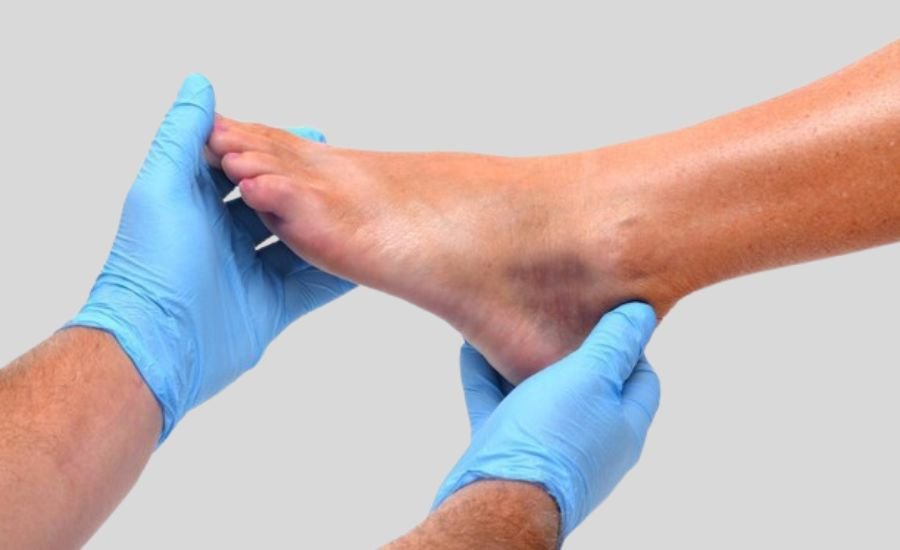Ankle sprains are one of the most common injuries experienced during sports, fitness activities, or even everyday movements. They occur when the ligaments that support the ankle are stretched excessively or torn. Understanding how to treat and prevent this injury reduces recovery time and minimizes future risk.
What Are the Signs of an Ankle Sprain?
An ankle sprain typically presents with specific symptoms. These may include pain around the ankle joint, swelling, bruising, and difficulty walking or bearing weight. Some individuals may notice instability in the ankle or reduced range of motion. Recognizing these signs can inform the next steps in managing the injury and preventing complications.
Are Ankle Sprains Serious?
Ankle sprains can vary in severity. Mild sprains involve slight stretching of the ligaments and often heal with basic care. Moderate sprains may include partial tears, accompanied by significant pain and swelling. Severe sprains involve complete ligament tears and may impair joint stability. While mild cases can often be managed with rest and home care, more severe injuries may require additional intervention to restore full function.
When Should I See a Doctor?
While many minor sprains can be managed at home, a professional evaluation is recommended under certain circumstances. If pain persists, swelling does not subside, or if it becomes difficult to walk, consulting a healthcare provider may be beneficial. A doctor can assess the injury through a physical examination or imaging tests to ensure proper treatment is provided.
Is Surgery Required?
Surgery is not commonly required. Most sprains resolve with non-invasive treatments such as rest, ice, compression, and elevation (the RICE method). However, in cases of severe ligament damage or when the ankle becomes chronically unstable, a surgical procedure to repair or reconstruct the ligament may be suggested. A medical professional can determine whether surgery is appropriate based on individual circumstances.
How Long Does It Take to Heal?
The recovery period for an ankle sprain depends on the severity of the injury and the treatment plan followed. Mild sprains often heal within one to two weeks, while moderate sprains may take several weeks to recover fully. Severe sprains can require months of rehabilitation to restore strength and stability. Completing rehabilitation exercises and following medical guidance plays a significant role in ensuring proper healing.
Preventing Ankle Injuries
Preventing an ankle injury involves strengthening the structures around the joint and incorporating safe practices into your daily activities. Balancing exercises to improve ankle stability, such as single-leg stands or foam balance board drills, may lower the risk of future injuries. Proper warm-ups before physical activity and wearing supportive footwear are additional preventative steps. If certain sports or activities place repeated stress on the ankle, braces or taping may provide added support.
Visit a Sports Medicine Specialist
Ankle sprains are manageable with the correct approach to care, treatment, and prevention. If you’re recovering from an injury or looking to improve your physical stability, consult a sports medicine specialist or a trained professional to develop a tailored plan. Taking proactive steps today can help keep you active and injury-free.
You Should Know: Reproductive Health Screenings
